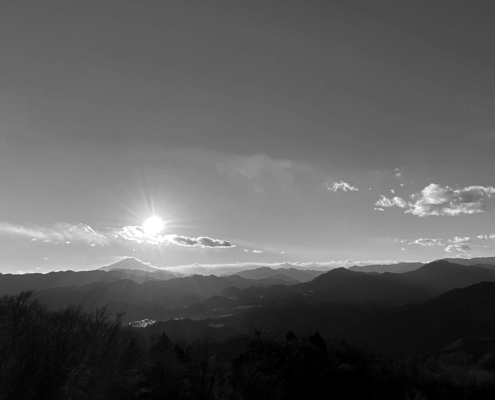 Parthenon Japan
Parthenon JapanPrologue
"Regional revitalization." If you live in Japan or follow Japan issues closely, you've probably heard this term. The narrative is well established. The Japanese countryside is in bad shape, both in terms of Japan's abandoned house problem and…
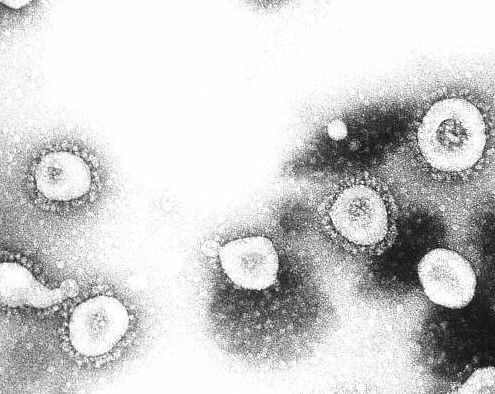
Pt. 9: 2020 Coronavirus and Beyond
Population in 2020: 126 million people
Perhaps the most glimmering piece of hope for saving the Japanese countryside came not from government or private initiatives, but the global Coronavirus pandemic that swept the world in 2020. The pandemic…
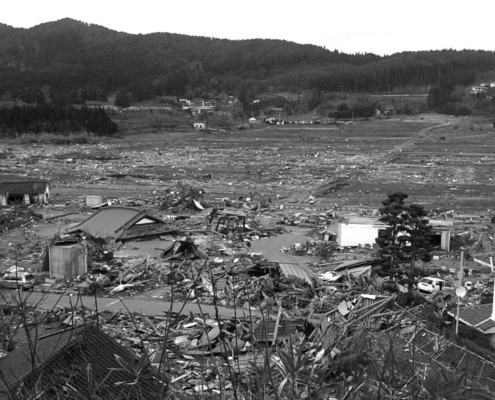
Pt. 8: With Disaster came the Spotlight, but People Didn’t Stay
Population in 2011: 128 million people
The countryside was all but forgotten until the 3.11 disaster, which put a spotlight on how already-shrinking communities were blindsided by tragedy. The Tohoku earthquake, tsunami, and nuclear disaster…
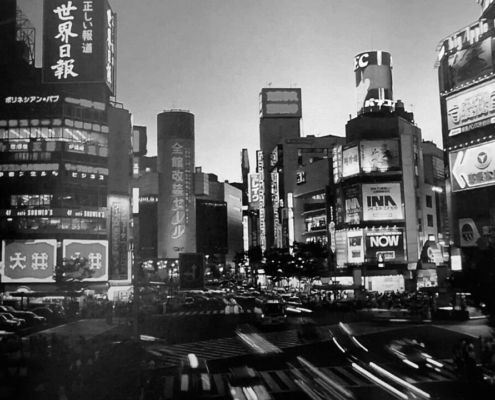
Pt. 7: The Lost Decade and Migration to Cities
Population in 1989: 124 million people
The 1989 stock crash marked the end of Japan’s exponential growth, and the real estate market was hit the hardest. Properties lost more than half of their value immediately following this economic disaster.
As…
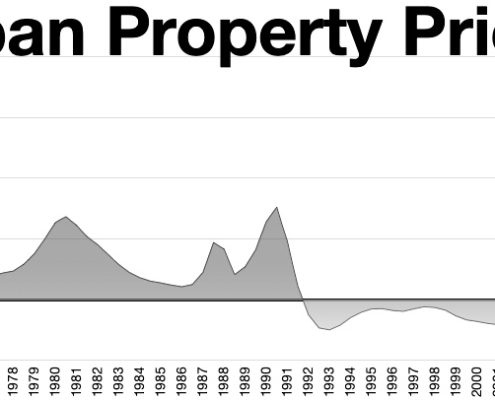
Pt. 6: The Bubble Boom and Bust of the Japanese Countryside
Population in 1980: 118 million people
As Japan became “No. 1”, popular media idolized the city life. The consistent success of economic powerhouses located in Japan’s major city centers gave people living in rural areas an increasing…

Pt. 5: From American Occupation to Economic Juggernaut
Population in 1950: 82 million people
From the ashes of war-wrecked Japan came an economic juggernaut. While the American occupation was originally given instructions from U.S. President Truman to decisively weaken the Japanese state, General…
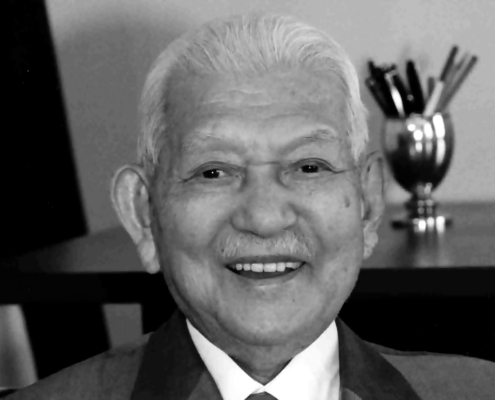
Pt. 4: A self-proclaimed Fascist with a Story Stranger than Fiction
One of the weirdest characters in this period is Ryoichi Sasakawa, whose life story is stranger than fiction. Born in Minoh, Osaka in 1899, Sasakawa rose to prominence in the 1930s during the Sino-Japanese War by amassing wealth through rice…
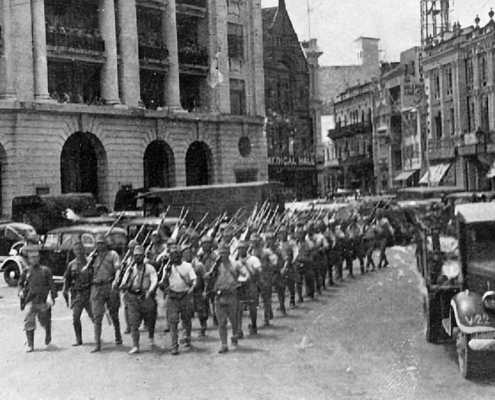
Pt. 3: From Budding Democracy to War-hungry Axis Power
Population in 1940: 73 million people
The Great Depression had a ripple effect on the Japanese economy, leading to an economic downturn that led to a political shift towards militarism and colonization of neighboring Asian countries as a way…
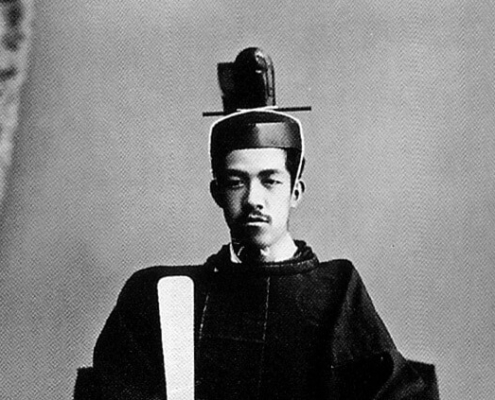
Pt. 2: Taisho Democracy and the Seeds of Capitalist Democracy
Population in 1926: est. 60 million people
After the Meiji era came the Taisho era, which heralded a decade of peace and increased representation, similar to the Gilded Age in the West. As Japan’s economy became enriched from the trade and…
